Miracle fruit
This member of the sapotacea family is originaly from Western Africa, where it is traditionally used to sweeten unpalatably sour local foods. I obtained my miracle fruit tree as a very small rooted cutting. It was two years later when I was in the yard and I noticed a rosy red fruit on the miracle fruit bush. I ate it without thinking much about it, and finished up my work in the yard. I went inside and opened a bottle of wine, but when I tasted it I nearly spit it out.
It was sweeter than any grape juice I’ve ever had. I started trying anything sour I could find. Lemons tasted like lemon candy, the most tart strawberries no longer needed sugar, and vinegar was sweeter than any sugar could ever be. The fruit lives up to its name.
The effect is a result of a glycoprotein called miraculin. It allows the “sweetness” receptors on your tongue to temporarily receive organic acids, such as citric acid, ascorbic acid, and acetic acid. Anything containing these, and any other sour organic acids will taste VERY sweet for about an hour. Unfortunately this compound degrades at high temperatures, so it cannot be used in cooked recipes. Contrary to reports I’ve heard, the fruit seems to have no effect on bitterness at all. It also doesn’t increase the sweetness of sweet things, unless of course they also have sour compounds as well.
Binomial nomenclature
Synsepalum dulcificum
Origin
West Africa
Description
Miracle fruit is a medium sized shrub with dark green oval leaves that are rounded at the tip. The new growth emerges brick red, and hardens off dark green. The small nondescript white flowers form at the leaf nodes. The football shaped 1/2″-3/4″ long berries are red, and contain one large seed. The fruit is sweet and pleasant tasting, but not particularly flavorful.
Height
4′-6′ when grown in containers, 10′-15′ in the ground.
Temp/zone
25° F. Zone 9b or higher. Severe cold will cause defoliation, but they flush back out with leaves in the spring, and bloom and fruit without missing a beat. If they are kept warm, such as in a greenhouse they can fruit all year.
Light
Shade/Part sun. I grow them at the edge of an oak tree’s canopy, so they get some direct light, but not full sun all day.
Water
Water them regularly. Let them dry a bit between watering, but not completely dry.
Fertilizer
All purpose fertilizer, monthly during the warm part of the year.
Cultivation
This plant is a perfect container plant. They fruit prolifically even at a small size. Being in a container makes it easier to protect them from cold as well. They like rich soil, with lots of organic matter.
Pests
Sometimes scale insects attack the leaves and the developing fruit.


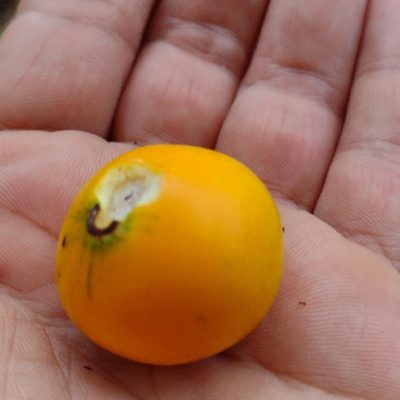
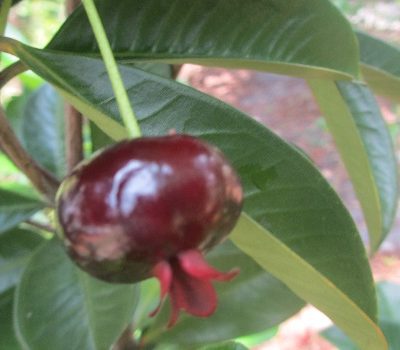
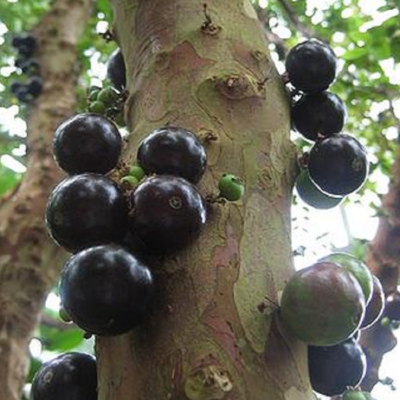
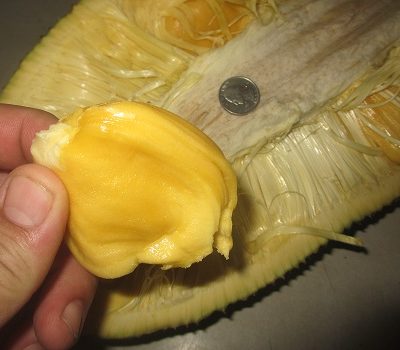
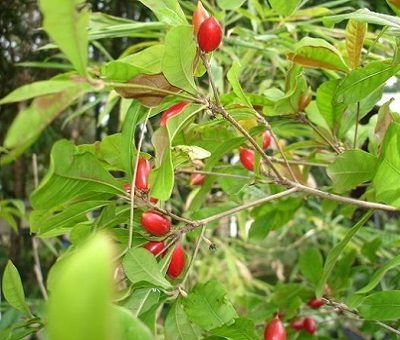
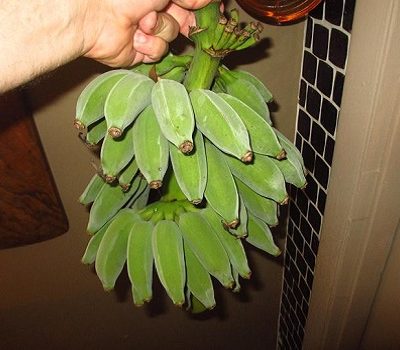

Do you currently have stock of the Miracle fruit trees?
yes I do!